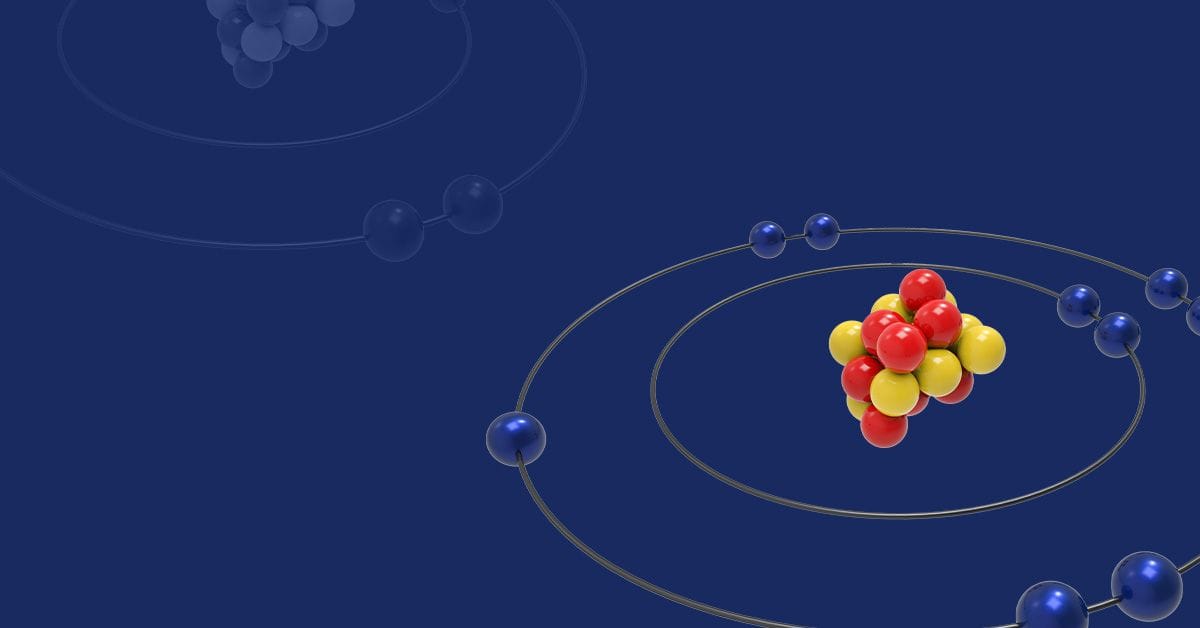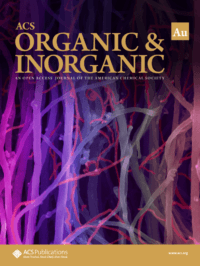This Special Issue aims to highlight recent advances and future challenges in fluorine chemistry, focusing on its significant impact across various fields. Submit your manuscript by October 31, 2025.

Fluorine is a key element in chemistry due to its unique properties, which significantly enhance the reactivity and characteristics of organic and inorganic substrates, including small molecules, polymers, and biomolecules. The introduction of fluorine imparts exceptional qualities to these compounds, making it ubiquitous in fields such as synthesis, catalysis, biomedical applications, diagnostics, and advanced functional materials. As a result, fluorinated molecules are widely recognized for their unique and valuable properties.
However, the widespread use of fluorine has raised environmental concerns. This has spurred the scientific community to focus on developing more sustainable synthetic methods and effective remediation strategies to address the potential ecological impacts. As we continue to explore the vast potential of fluorine chemistry, it becomes increasingly important to balance innovation with environmental responsibility.
This Special Issue of ACS Organic & Inorganic Au will highlight the latest breakthroughs in fluorine chemistry, focusing on organic and inorganic chemistry, and emphasizing its fundamental role across various scientific fields. It will also cover advances in synthetic methodologies and address the pressing environmental challenges related to fluorinated compounds. The goal is to inspire further progress and solutions in this dynamic area, promoting both innovation and sustainability in the use of fluorine.
Topics include, but are not limited to, those listed below. Please note that submissions should demonstrate an advance in organic, inorganic or organometallic chemistry, and align with the scope of ACS Organic & Inorganic Au.
- Fluorine in organic synthesis, catalysis, and physical chemistry
- Fluoropolymers and polymer chemistry
- Fluorine in biomolecules, medicinal chemistry, and biochemistry
- Fluorinated materials for advanced applications, including supramolecular chemistry
- Analytical methods for fluorine-containing compounds
- Environmental remediation strategies for fluorine-containing matrices
Submissions are welcome through October 31, 2025. All articles will be peer reviewed prior to acceptance, to ensure they fit the scope of the virtual special issue and meet the high scientific publishing standards of ACS Organic & Inorganic Au.
Organizing Editors
Valentina Dichiarante, Guest Editor
Politecnico di Milano, Italy
Thomas Poisson, Guest Editor
National Institute of Applied Sciences of Rouen, France
Geraldine Masson, Deputy Editor, ACS Organic & Inorganic Au
Université de Paris-Saclay, France
Submission Information
If your work is accepted, publications will go online as soon as possible and published in the next available issue, before being gathered into a Special Issue and highlighted as a significant contribution to the field. All articles will be peer reviewed prior to acceptance to ensure they fit the scope of the Special Issue and meet the high scientific publishing standards of ACS Organic & Inorganic Au.
ACS Organic & Inorganic Au is a fully open access journal, and therefore your paper will be available to anyone, at anytime, anywhere in the world. Please see our website for more information on Open Access Pricing, our ACS Country Discount & Waiver Policy, and ACS Read and Publish agreements.
How to Submit
- Log in to the ACS Publishing Center.
- Select the “Journals” tab.
- Search for ACS Organic & Inorganic Au.
- Click "Submit."
- Select your manuscript type, and, under "Special Issue Selection," choose “Fluorine Chemistry."
Please see the journal's Author Guidelines for more information on submission requirements.
